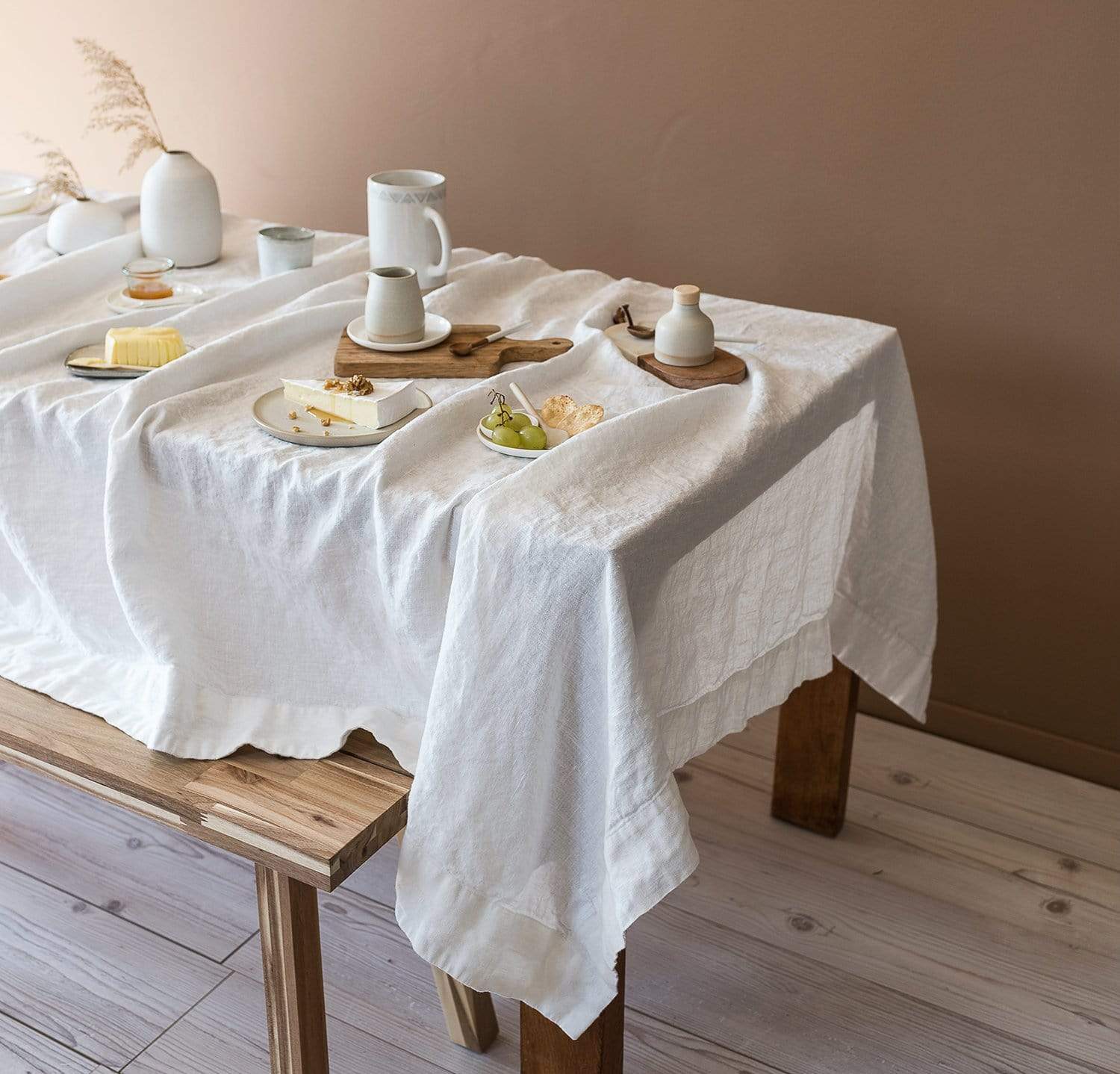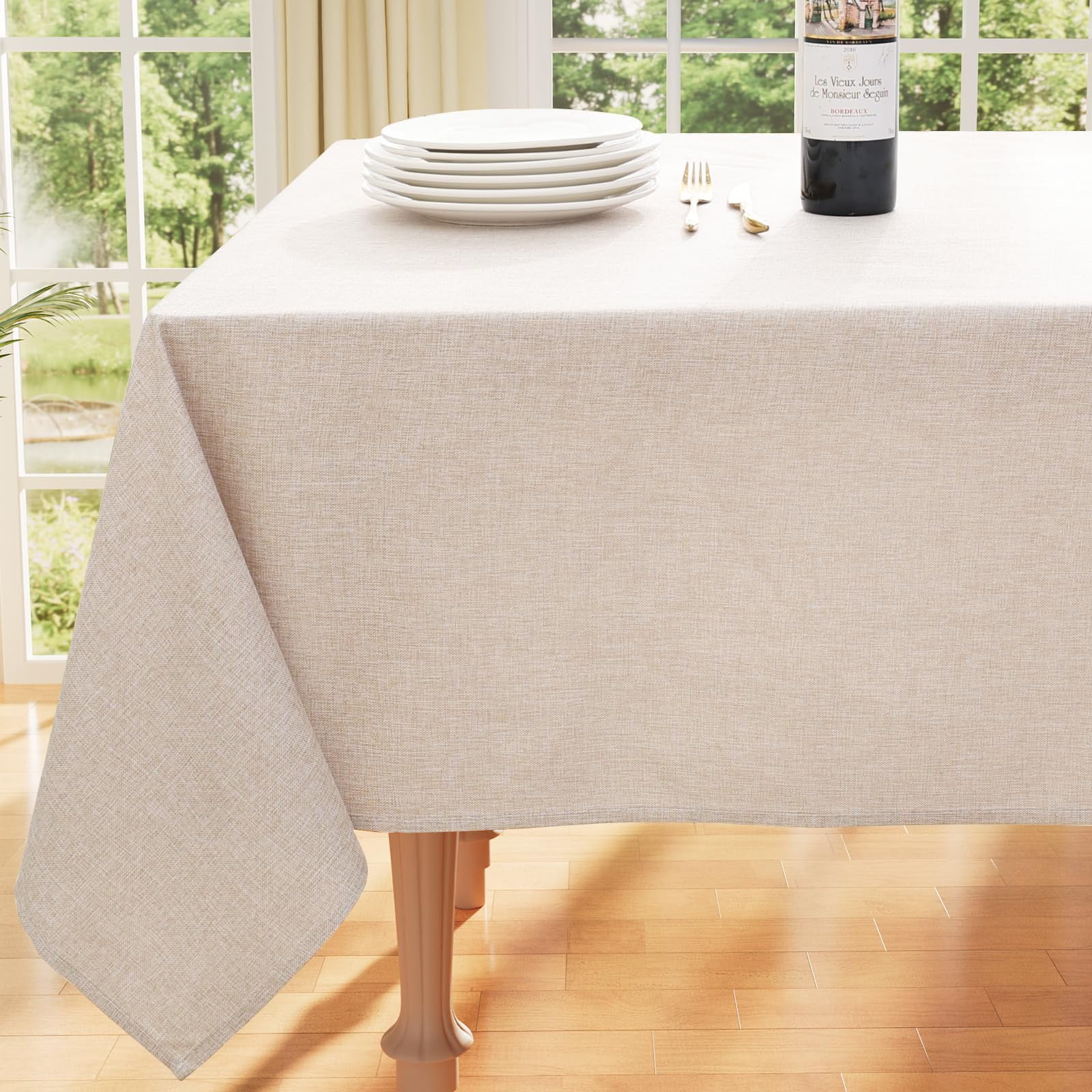Linen Material Advancements: Checking Out Modern Trends and Creative Applications in Layout and Textile Sector
In the realm of textile innovations, bed linen has actually arised as a timeless yet versatile product that proceeds to captivate developers and fanatics alike. With a rich background deeply linked with workmanship and style, bed linen fabric is experiencing a revival in the contemporary era. From sustainable manufacturing approaches to cutting-edge weaving technologies, the evolution of bed linen is reshaping the landscape of the textile market. As we dig right into the realms of creative design applications and the emergence of linen blends and crossbreed materials, a new phase unravels in which bed linen's function in future fabric advancements takes center stage.
Sustainable Practices in Bed Linen Production
Sustainable practices in linen production have become significantly critical in the fabric industry's initiatives to decrease environmental influence and advertise moral sourcing techniques. Bed linen, a natural fiber acquired from the flax plant, uses a variety of advantages such as biodegradability, breathability, and toughness. However, traditional techniques of bed linen manufacturing can involve significant water usage, pesticide use, and energy-intensive processes.
To attend to these challenges, numerous fabric makers are adopting sustainable techniques throughout the bed linen production procedure. This includes sourcing flax from natural ranches that prevent unsafe pesticides and chemicals, implementing water-efficient retting methods to remove fibers from the flax stalks, and making use of eco-friendly dyes and surfaces. Furthermore, some firms are buying renewable energy sources to power their production centers and lowering waste with recycling and upcycling campaigns.
Technical Innovations in Bed Linen Weaving
With the expanding emphasis on sustainable methods in linen production, the textile sector is currently experiencing a surge in technical innovations especially intended at revolutionizing the art of linen weaving. These technologies are reshaping the method linen fabrics are produced, providing increased performance, quality, and imagination in weaving methods.
One of the vital technological advancements in bed linen weaving is the integration of digital looms. These sophisticated looms are geared up with software program that permits intricate and complex layouts to be woven with precision. By digitizing the weaving procedure, suppliers can achieve greater uniformity and precision in their linen materials.
Additionally, innovations in thread spinning innovation have actually made it possible for the manufacturing of finer and even more durable bed linen yarns - table cloths. This results in softer and smoother bed linen textiles that keep their quality even after numerous usages and laundries
In addition, the growth of green dyeing procedures and finishes for bed linen fabrics is gaining grip. These lasting techniques not only lower the ecological impact yet additionally accommodate the boosting customer demand for fairly produced textiles.
Creative Layout Applications for Linen
Ingenious artistic approaches are increasingly forming the innovative layout applications for bed linen in the textile sector. Developers are pushing the borders of typical linen use, exploring its flexibility in various applications. One popular pattern is the combination of linen in sustainable style lines, where its environmentally friendly residential or commercial properties are highlighted. Bed linen's natural visual allure and ability to blend with other materials make it a favored choice for producing special garments and accessories that deal with the eco mindful consumer.
Additionally, designers are try out linen in home decoration, using its durable and breathable nature to craft stylish furnishings such as drapes, bed linen, and furniture. The appearance and drape of bed linen bring a sense of elegance and convenience to indoor rooms, adding a touch of style to modern homes.

Linen Blends and Crossbreed Fabrics

Crossbreed materials, on the various other hand, take the idea of blending an action additionally by including additional elements such as metallic strings, recycled products, or conductive fibers. These cutting-edge textiles not just broaden the style opportunities but also introduce functional aspects like conductivity, antimicrobial buildings, or enhanced resilience. Crossbreed materials are significantly being made use of in various markets, including fashion, interior decoration, and technical textiles, where the demand for multifunctional materials is on the surge.
Linen's Role in Future Fabric Innovations

In the realm of future textile technologies, linen is expected to be a vital player in the advancement of sophisticated useful fabrics. Scientists and developers are exploring methods to boost bed linen's inherent high qualities via technical advancements, such as integrating wise fabrics, nanotechnology, and efficiency coatings. These innovations aim to raise linen's efficiency qualities, making it ideal for a broader variety of applications, from activewear to protective clothes.
Additionally, the mix of bed linen with various other all-natural or artificial fibers opens countless opportunities for developing unique fabrics with unique residential or commercial properties and performances. By leveraging linen's qualities and checking out cutting-edge blends, the fabric market is poised to introduce interesting advancements that satisfy progressing customer requirements and sustainability demands.
Final Thought
In final thought, the exploration of lasting techniques, technical innovations, innovative layout applications, bed linen blends, and its duty in future textile technologies highlight the continuous evolution of bed linen material in the modern-day layout and fabric sector. With an emphasis on development and creativity, the flexibility and environmentally friendly nature of bed linen make it a beneficial material for designers and producers alike, paving the way for weblink more advancements and developments in the area of fabrics.
As we delve right into the realms of imaginative style applications resource and the emergence of bed linen blends and hybrid textiles, a new phase unfolds in which bed linen's function in future fabric advancements takes center phase.
Exploring the blend of linen with various other fabrics has actually led to the development of cutting-edge blends and hybrid fabrics in the contemporary fabric industry. Linen blends offer an one-of-a-kind combination of the features of linen with those of various other fibers, resulting in fabrics that have boosted residential or commercial properties such as raised toughness, improved draping, and minimized wrinkling.The advancement of linen blends and crossbreed fabrics has established the phase for Linen to play an essential role in driving future textile advancements.In the realm of future fabric innovations, linen is anticipated to be a key player in the advancement of innovative functional materials.